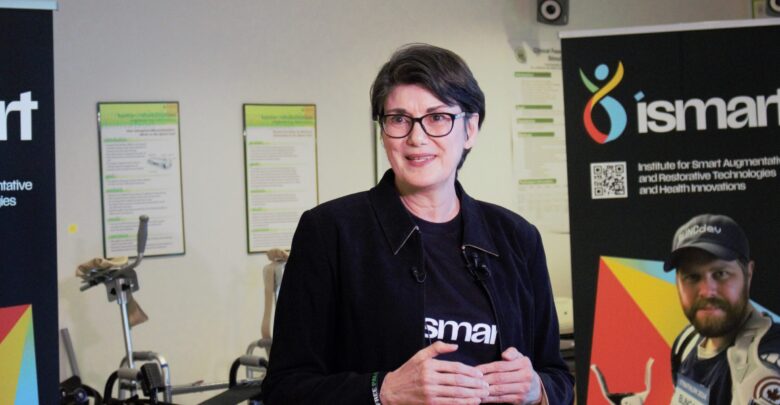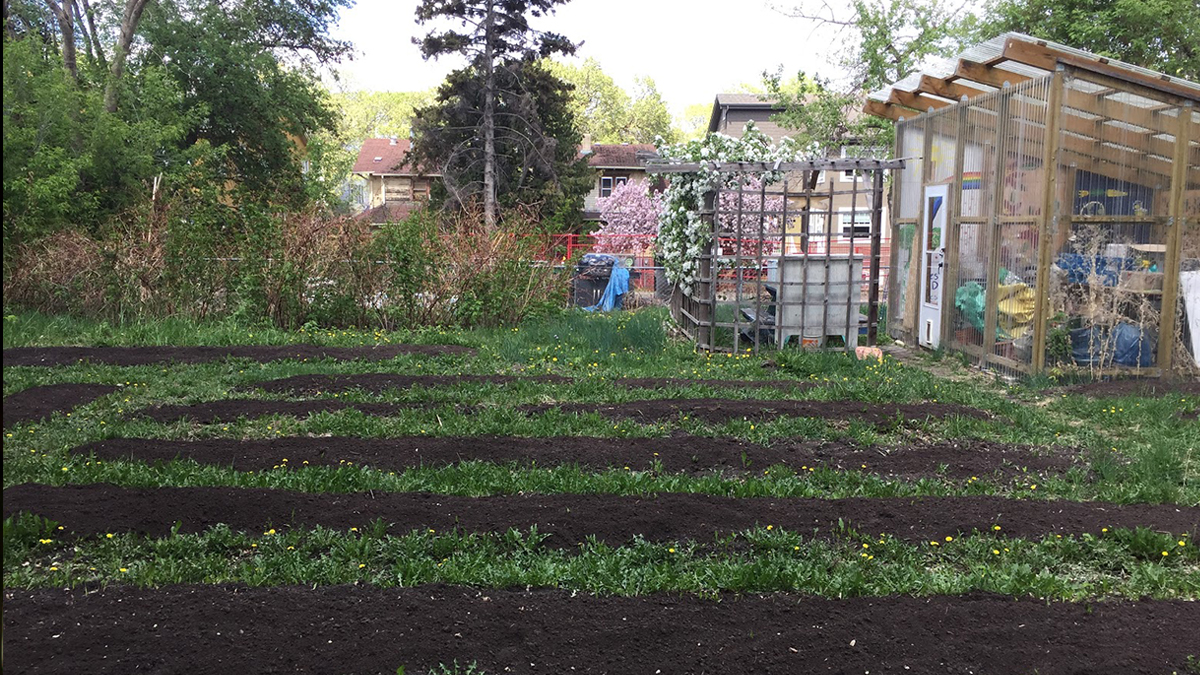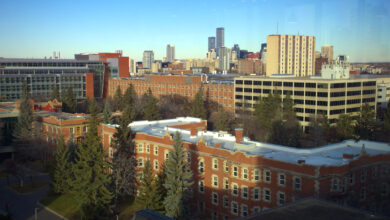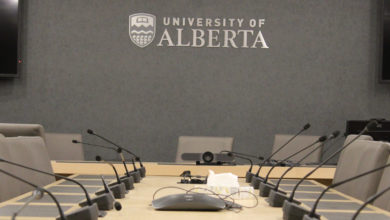 Gabriella Menezes
Gabriella MenezesResearchers at the University of Alberta are developing Batman-inspired ‘smart-wear’ that can change its stiffness and shape. The clothing is designed to help individuals recover from injuries quicker, assist those with muscle weakness, and increase mobility for individuals with mobility issues. The project secured a $24-million grant to facilitate its development.
Vivian Mushahwar, a professor in the faculty of medicine and dentistry and director of the Institute for Smart Augmentative and Restorative Technologies and Health Innovations (iSMART) and Smart Technology (ST) Innovations, is leading a team of 64 researchers from around the world to create this technology. The team includes fashion designers, clothing manufacturers, disability advocates, and visual artists.
Intended as wearable technology, the smart-wear is envisioned to look and feel like regular clothing. Mushahwar explained the inspiration came from how Batman’s clothing “changes and stiffens” based on his needs.
“The clothing will change its shape and its stiffness to assist you while you’re doing your daily activities. The way it’s going to do this is because of the fibers that are inside [the] clothing,” Mushahwar said.
The technology aims to address muscle weakness and mobility issues
According to Mushahwar, the second highest cause of disability in adults 65 years and older is muscle weakness.
“With an aging population, we obviously [need] to be able to assist people to age in a healthy manner and keep them as active as possible,” Mushahwar said.
The inspiration for the project came from Mushahwar’s research in people with spinal cord injuries. She wanted to create something that would help individuals deal with the challenges they face on a daily basis. Additionally, she wanted to create something that was functional for daily wear.
Dan Sameoto, a professor in mechanical engineering at the U of A, and co-investigator on the project, spoke about the origins of the technology used to create the smart-wear.
The technology used in the project started out as an assignment given to Sameoto by a supervisor. Given the challenge of inventing a composite that changed stiffness 1,000 times, Sameoto eventually developed the base for the smart-wear’s material.
“We do 3D-printing with multiple materials and get a pre-form. The polymers, metals, and rubbers can all be combined into a single complex structure that can then be drawn down using heat, just like taffy, and pulled into these exceptionally fine fibers,” Sameoto said.
Sameoto stated that one goal is to have the smartwear act as “artificial muscle” for wearers. He also stated that over the next six years, they plan to mature the technology and improve its wearability.
Disabled voices have helped shape the technology’s direction since the project’s inception, Peers says
Danielle Peers, a Canada Research Chair (CRC) in Disability and Movement Cultures and co-principal investigator, discussed how individuals with mobility issues have been a part of the project’s direction.
“Many products that are created for folks with disabilities come from [these] amazing idea[s] in people’s heads. But often we don’t have the relationships with the end users that allow us to be really, truly creative so that we’re making something that makes their lives better,” Peers said.
They emphasized that the “main dream” of the project came from individuals who would directly benefit from the technology in development. According to Peers, this technology will be able to help those with muscle weakness or other mobility issues be able to do everyday tasks more easily.
“People always imagine that when you live with a disability, the disability is the hardest thing in your life. It’s not. It’s often the isolation, [and] the structures and barriers you reach every day,” Peers said.
Peers explained that “this is the kind of project that will transform those lives and allow us to stay connected.” According to Peers, people with disabilities have been involved since the project’s inception, shaping the technology’s direction.
“A lot of scientists start with the idea of ‘how do we fix people?’ An early challenge we offered to [Mushahwar] and the team was — ‘I don’t want to be fixed,’” Peers said.
Peers explained that instead, disabled people want access to resources that improve their quality of life and reduce disability-related barriers.
“We realized that [to] help millions of people all we can do is give them a little more support, make them a little less likely to fall or get injured. With a little more strength, they can do back to the full meaning of their lives,” Peers said.




